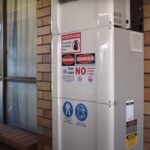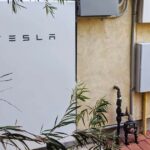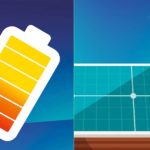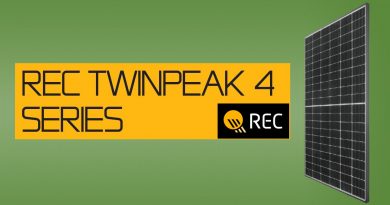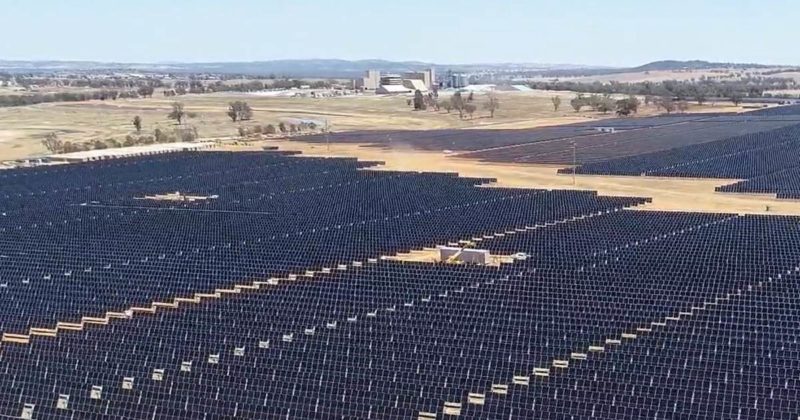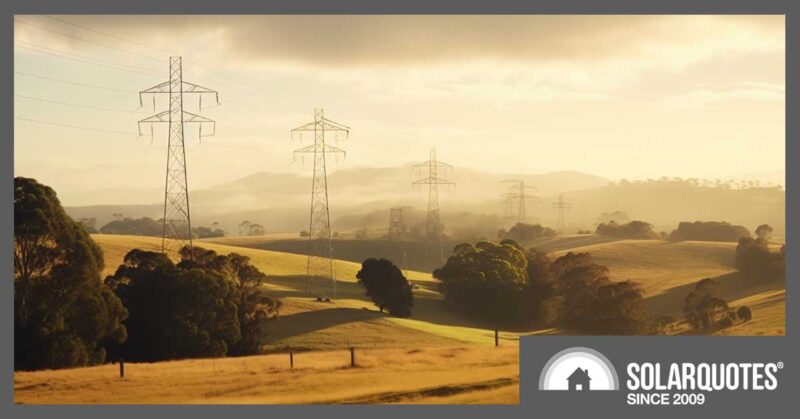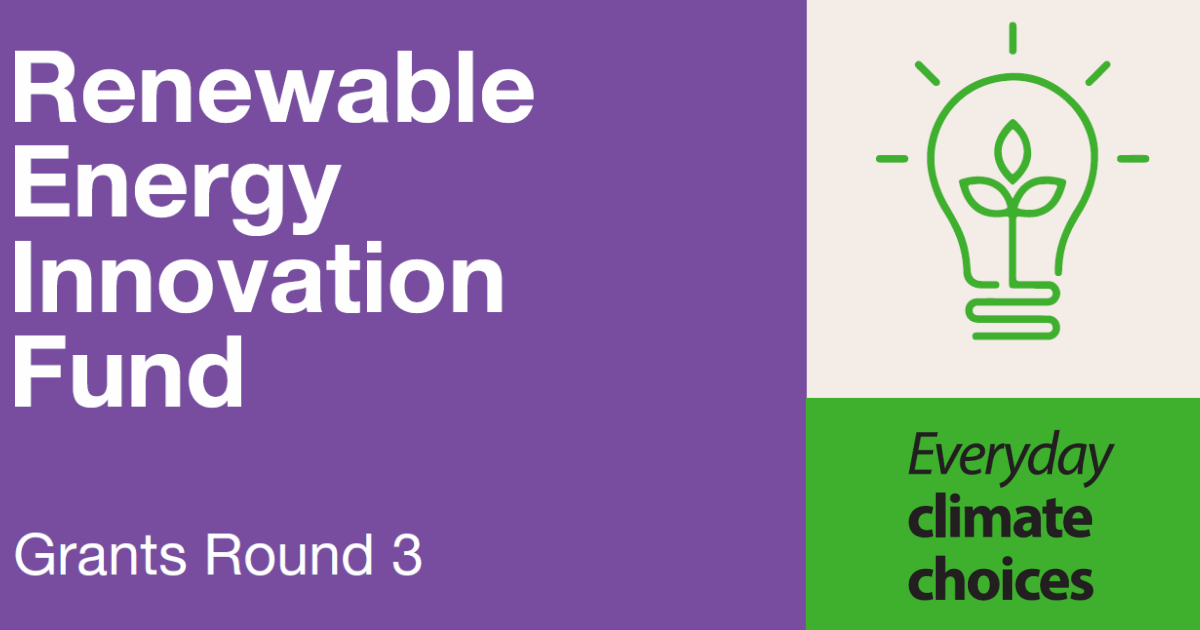Helen Haines Tables Cheaper Home Batteries Bill
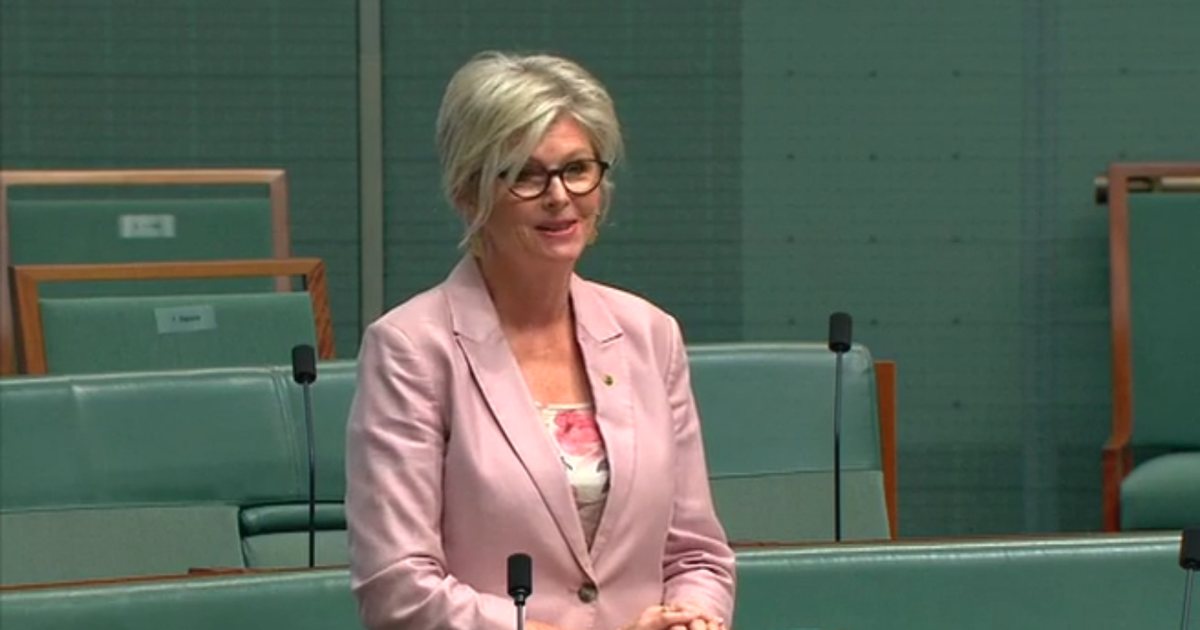

Do cheaper solar batteries sound good to you? You’ll probably like steadfast solar supporter Dr. Helen Haines’ new draft legislation, introduced yesterday.
There’s a lot of interest in home batteries in Australia – SolarQuotes’ solar battery comparison table is one of the more popular pages on this web site. But many Australians would be in for a dose of sticker shock when they see estimated pricing. Like solar panels were some years ago, batteries are a currently a big investment.
Independent Federal Member for Indi1 Helen Haines yesterday tabled new legislation that would slash the cost of a home energy storage system by up to $3,000. It would do this by batteries being considered eligible technology to create certificates under the Small-scale Technology Certificate (STC) scheme – the scheme that provides for Australia’s very popular “solar rebate“.
“My policy would deliver 15 times more capacity than the Government will get from the new gas-power station it is building in the Hunter Valley,” said Dr Haines, referring to the controversial Kurri Kurri power station.
The big difference of course is batteries don’t generate energy, they store it. But Dr. Haines points out these batteries would collectively act as a giant sponge, soaking up solar energy goodness during the day for release at night (or when otherwise needed) – reducing the (perceived) need for more gas power.
Dr. Haines also says:
“There is huge potential for households to save money with renewable energy, and the cost of batteries is one of the biggest barriers to unlocking those savings,” said Dr. Haines. “My plan would remove that barrier.”
But the cost of batteries isn’t a barrier to saving money with renewable energy as solar-only provides incredible bang for buck and rapid payback in most circumstances. Batteries can provide even bigger electricity bill savings, but it’s their payback time that remains a challenge. A $3,000 subsidy would certainly go quite a way towards addressing that.
If you want to see the difference in payback between solar power only and panels + storage, take SQ’s solar and battery calculator for a spin. It will calculate your overall payback, but also show you how savings and payback are affected by a battery and solar panels separately. You’ll be able to fiddle with system costs to see the difference a $3,000 subsidy will make.
The Fine Print
Scoring the full $3,000 would depend on “how big the battery is and how you use it.”
In terms of size (capacity), Dr. Haines says a 13.5kWh Tesla Powerwall 2 would eligible for around $3,000 subsidy.
The “how you use it” bit has me wondering if as the bill is debated, it may end up meaning you need to join a Virtual Power Plant (VPP), although this isn’t mentioned anywhere in the document as it currently stands.
Dr. Haines said having a home battery means lower power bills and:
“It means taking back control from the power companies over your power usage.”
If VPPs were involved, that requires giving control of the battery to a third-party, something Australians looking for more energy independence may not be particularly keen on.
On the issue of STCs, the number of certificates an individual home battery can create will be determined by the annual electricity discharge of the battery (in megawatt hours – to be determined) multiplied by the “deeming rate” (measured in years). So, the subsidy would drop over time.
The proposed deeming periods:
- Installation before 2026: 15 years
- 2026: 15 years
- 2027: 14 years
- 2028: 13 years
- 2029: 12 years
- 2030: 11 years
The issue is home battery warranties tend to be 5 – 10 years and capacity degrades over time/use – and both these aspects will require consideration. The results of long-term battery testing to date haven’t been particularly encouraging. But as residential energy storage technology evolves, this should (hopefully) generally improve.
Additional Support For Low Income Households
Dr. Haines also called on the Government to introduce a new program of no-interest loans for low-income households to purchase solar and battery installations. Given the “bang-for-buck” situation, even just getting more solar on these rooftops would be a great thing.
The Australian Council of Social Services (ACOSS) worked with Dr. Haines on the Cheaper Home Batteries Bill and put forward their own amendment that would offer additional rebates to low-income people for the cost of power. On a related note, ACOSS is holding a webinar on February 22 in relation to “OurPower”, its vision for clean, affordable, dependable energy for all.
Given the number of solar households in Australia (3 million+), the interest in batteries and an election around the corner, it was a pretty good time to table this bill. While there’s not enough time before the election to pass it, it will be interesting to see what the powers-that-be and those who aspire to be signal what they intend to do with it.
The text of the Renewable Energy (Electricity) Amendment (Cheaper Home Batteries) Bill 2022 along with explanatory memoranda can be found here, and here’s the speech Dr. Haines delivered when introducing it:
[embedded content]
[embedded content]
Footnotes
- Indi is an electoral division in Victoria’s north-east, adjoining the border with New South Wales. ↩
Original Source: https://www.solarquotes.com.au/blog/cheaper-batteries-bill-2355/





